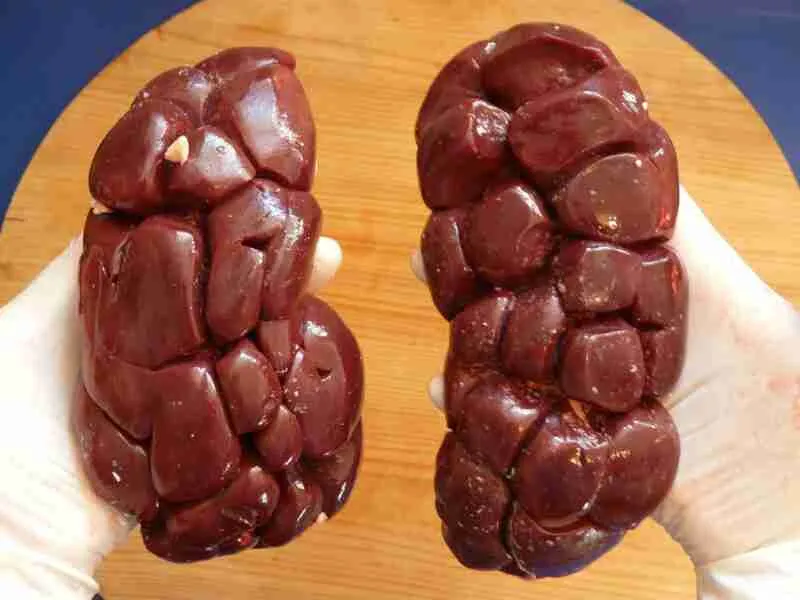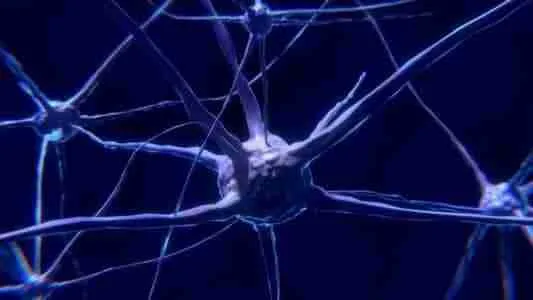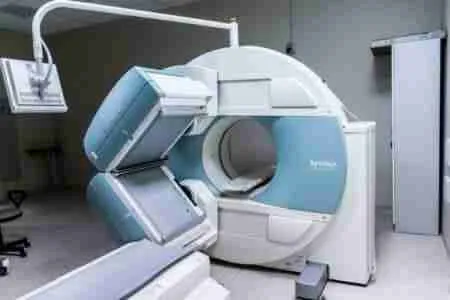The Role of the Kidney in Osmoregulation

This brief account of the kidney illustrates its two principal function, excretion and osmoregulation. In that it totally removes urea from the blood, it is functioning as an excretory organ, clearing the body of toxic nitrogenous waste. Other toxic materials, poisons etc. are dealt with in a similar way. On the other hand glucose is completely reabsorbed, none being present in the urine. Only if the amount of glucose in the blood exceeds a certain threshold value does it begin to appear in the urine. In man this threshold value is about 180mg/100cm3 and is rarely reached even after the richest carbohydrate meal. Normally the liver-insulin mechanism discussed in the last chapter keeps the glucose level constant, the kidney being brought in only if fluctuations get out of hand.
It is in its treatment of salts and water that the effectiveness of the kidney as a regulator can be seen most clearly. The relative amount of water and salts reabsorbed is strictly geared to the body’s needs, and it is upon this that the osmotic pressure of the blood and tissue depends. The question is: how does the kidney know how much water and/or salts to reabsorb?
The answer is that the composition of the blood itself determines the reabsorptive activities of the kidney. The osmotic pressure of the blood cannot influence the kidney tubules directly but does so via hormones. Both water and salt reabsorption are under hormonal control but changes in the reabsorption of water play the most direct part in correcting fluctuation in osmotic pressure. Briefly the mechanism of osmoregulation is as follows:
In the brain there are groups of osmoreceptor cells sensitive to the osmotic pressure of the blood, located in the hypothalamus at the base of the pituitary gland. These receptors are stimulated by a rise in the osmotic pressure of the blood, such as might occur if the body becomes dehydrated or a large quantity of salt is consumed. When the receptors are stimulated a hormone is released from the posterior lobe of the pituitary gland, whence it is conveyed via the bloodstream to the kidney where it causes the nephron to increase its reabsorption of water. This will obviously lead to the production of a more concentrated urine and the osmotic pressure of the blood will be lowered.
Now consider the converse situation. If the osmotic pressure of the blood falls, as it does after a large quantity of water has been drunk, the osmoreceptors will be less stimulated than before, less hormone will be produced, less water will be reabsorbed in the kidney and more dilute urine will be produced. Result? The osmotic pressure of the blood and tissue fluids will rise again. The production of a copious flow of watery urine is known as dieresis and clearly the action of the hormone is to counteract this condition. It is therefore known as the anti-diuretic hormone, or ADH the patient permanently produces vast quantities of dilute urine and has to make become dehydrated very quickly. The clinical condition is called diabetes insipidus.
Exactly now ADH exerts its effect on the kidney is not known for certain, but it appears to make the cells lining the distal convoluted tubule and collecting duct more permeable to water, thus facilitating its osmotic withdrawal into the surrounding blood vessels.
Whatever the mechanism, the osmoregulation of water retention by ADH provides us with an admirable example of a homeostatic feedback process. Fluctuations in osmotic pressure are quickly detected and the corrective mechanism brought into action.
EXCRETION AND OSMOREGULATION IN OTHER ANIMALS
If a fresh water fish is placed in sea water it will usually die. The reason is that the sea water contains about twice as much salt as the blood of the fish with the result that water is drawn out by osmosis. Although the skin is relatively impermeable, the lining of the mouth cavity and gills acts as a semi permeable membrane so that the fish behaves like an osmometer, losing water when placed in a hypertonic solution, i.e. one which has a higher osmotic pressure than the body fluids, and gaining water if it is returned to a hypotonic solution.
The result of transferring a fresh water fish to sea water illustrate an importance generalization, namely that most aquatic animals cannot tolerate appreciable fluctuations in the salinity of their external medium. This is not to say that the osmotic pressure of their body fluids, the internal OP, is necessarily the same as the same as the external OP, but their ability to do so breaks down if the OP of the external medium deviates too far from its normal value.
From the point of view of osmoregulation animal fall into two groups: those that cannot regulate their osmotic pressure at all, and those that can, at least to some degree. The former are all marine, and as they are the more primitive we will start with them.



the special name for hormones used in osmoregulation